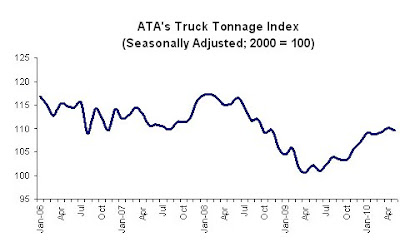#1 Toyota Camry
#2 Honda Accord

"Cars.com's American-Made Index rates vehicles built and bought in the U.S. Factors include sales, where the car's parts come from and whether the car is assembled in the U.S."
For 2010, the #1 American-made car is the Toyota Camry for the second year in a row, followed by the Honda Accord. Toyota has two other models in this year's top ten, the Tundra at #7 and the Sienna at #10; and Honda has the Odyssey at #6. So the two "foreign car companies" - Toyota and Honda - captured half of the top ten spots for American-made cars in 2010, just like last year.
Isn't it a bit ironic that the two "most American-made" cars would get towed from the UAW parking lot pictured below? And what about these vehicles built by the "Canadian Auto Workers" - Chevy Camaro, Chrysler 300, Dodge Challenger, Dodge Charger - wouldn't they get towed?
Update: The Mazda 6, Mitsubishi Eclipse, Mitsubishi Galant, and Toyota Corolla are all built by the UAW in the United States - would these union-made vehicles actually get towed?













































